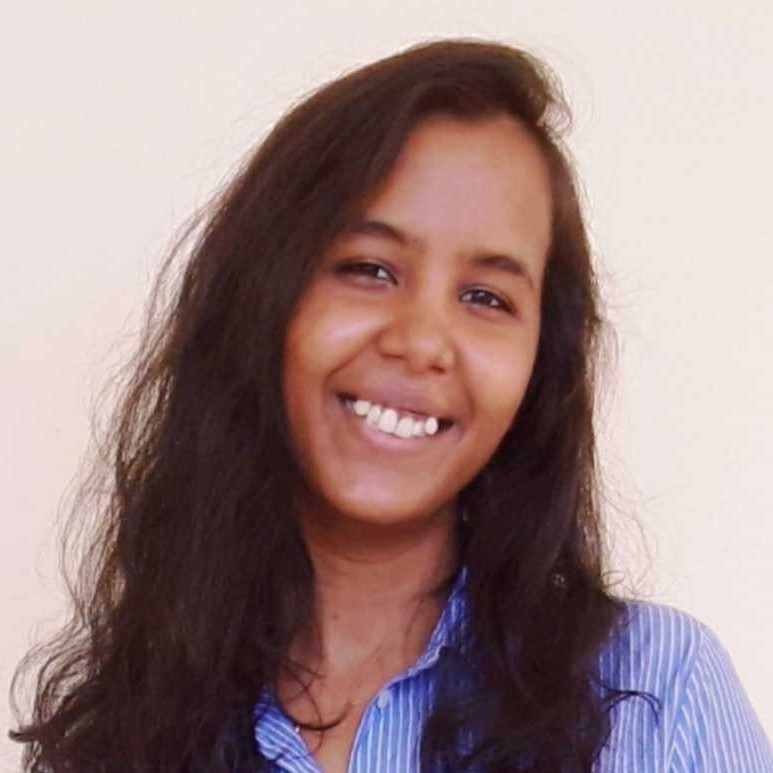
Forecasting the semantics and 3D structure of scenes is essential for robots to navigate and plan actions safely. Recent methods have explored semantic and panoptic scene forecasting; however, they do not consider the geometry of the scene. In this work, we propose the panoptic-depth forecasting task for jointly predicting the panoptic segmentation and depth maps of unobserved future frames, from monocular camera images. To facilitate this work, we extend the popular KITTI-360 and Cityscapes benchmarks by computing depth maps from LiDAR point clouds and leveraging sequential labeled data. We also introduce a suitable evaluation metric that quantifies both the panoptic quality and depth estimation accuracy of forecasts in a coherent manner. Furthermore, we present two baselines and propose the novel PDcast architecture that learns rich spatio-temporal representations by incorporating a transformer- based encoder, a forecasting module, and task-specific decoders to predict future panoptic-depth outputs. Extensive evaluations demonstrate the effectiveness of PDcast across two datasets and three forecasting tasks, consistently addressing the primary challenges.




